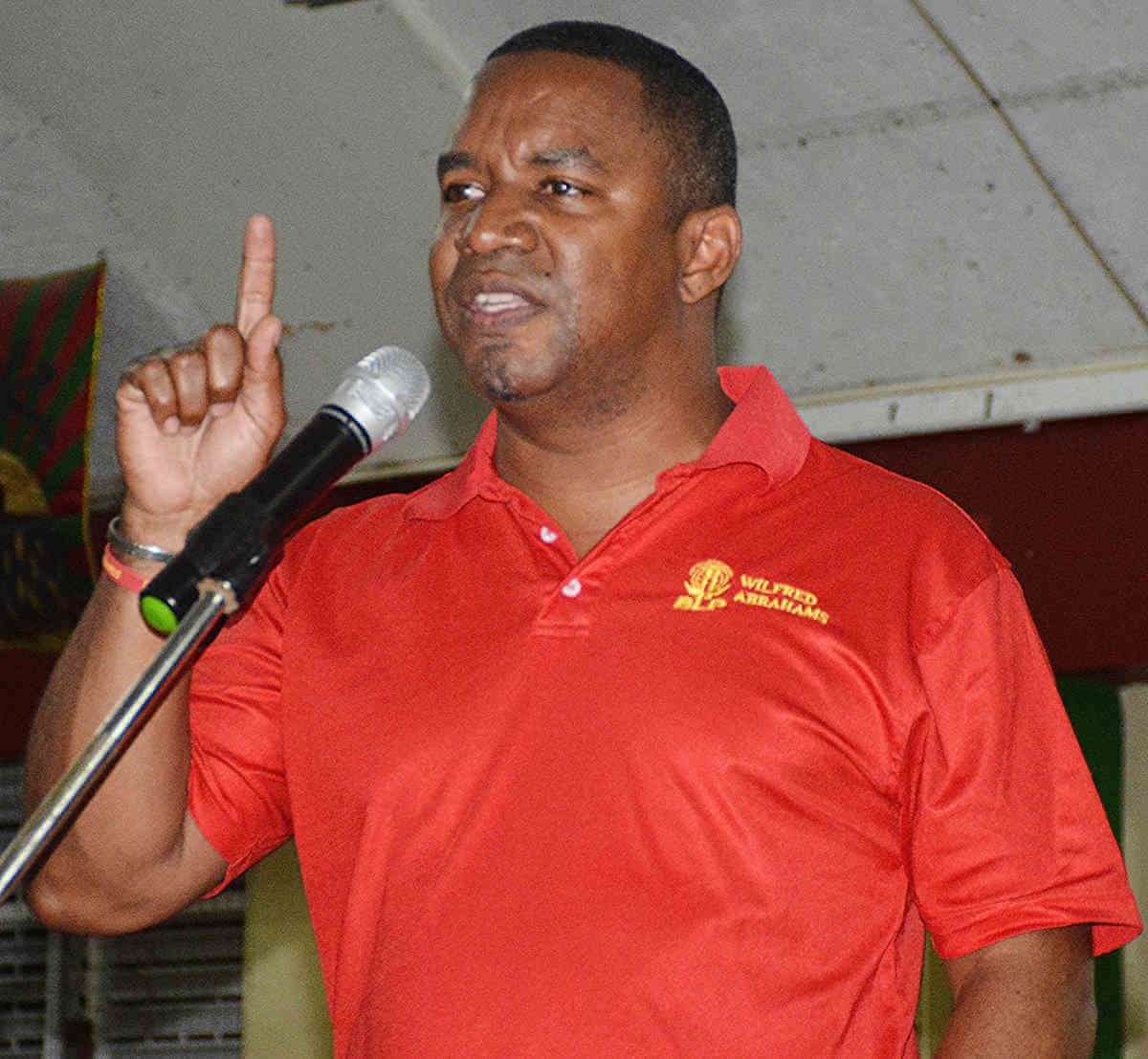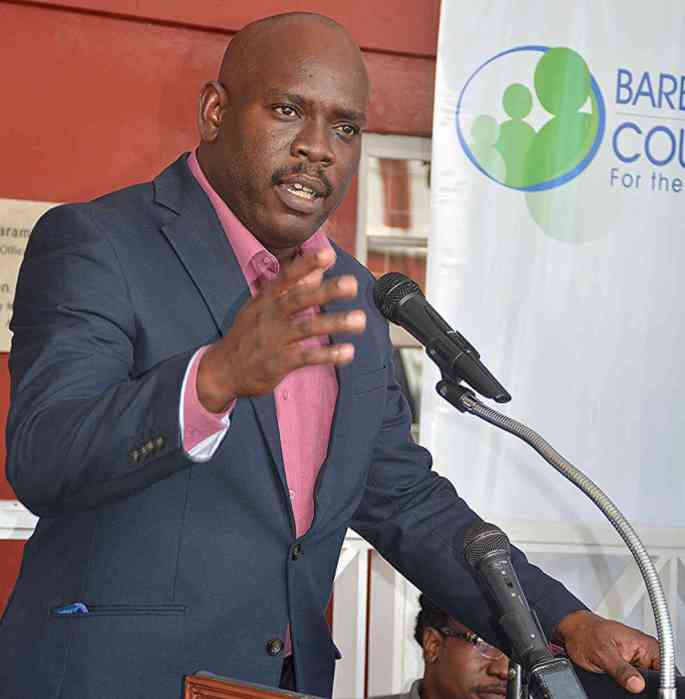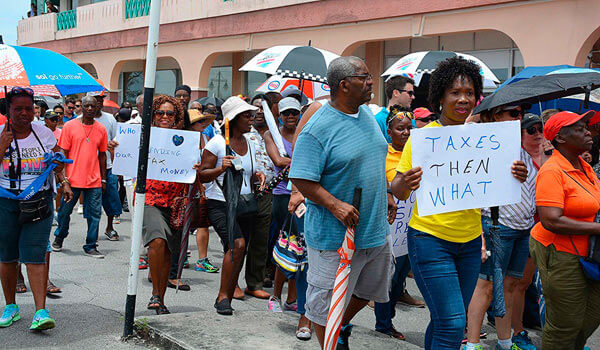Barbados has suffered two days of continuous power cuts across the island crippling businesses, cancelling schools, shutting polyclinics, gas stations, and airport check-in kiosks while depleting services like water supply and telecommunications that hinged their delivery on electricity supply from the provider, Barbados Light and Power (BL&P).
And the future is gloomy because BL&P Managing Director, Roger Blackman warned that based on the company’s ageing equipment and contaminated fuel that got into those plants, more major outages are expected.
The first island-wide shut down began just after 7 am Monday and, as company workers struggled to return power to the 130,000 customers throughout the day, some households did not regain their electricity supply until 11 pm.
What made matters worse was that the water supply went out in tandem with the power cut because pumping stations across the island were solely dependent BL&P for electricity.
Mobile phone and Internet services were kept going, but fixed telephone lines and Internet routers attached to homes and businesses went down.
Consumers had maybe just enough time to absorb the banner headlines in the Tuesday morning newspapers screaming, ‘Outages Fear’ and ‘Powerless’ before suffering another island-wide power cut, again around 7 am.
And just like Monday, power was being painstakingly restored zone by zone across the island.
BL&P hurriedly took to social media to apologetically state, “the crisis situation for us is not over.”
“Overnight one of our large diesel engines shut down again due to another stuck fuel pump and this morning we find ourselves in a similar situation with customers without electricity.”
Problems surrounding stuck fuel pumps Monday and Tuesday are owed to contaminated fuel the company received and unknowingly placed into its generating system.
Prime Minister, Mia Mottley got on radio and said the situation, “is unacceptable. It is embarrassing but in life we don’t get to choose the circumstances or the hand that we play. Sometimes we get the hand and we have therefore to rise to the occasion and do what’s necessary.”
The circumstances surrounding repeated blackouts in two successive days with the likelihood of there being more is reminiscent of the island’s turmoil in 1973 when the world was seized by a fuel crisis spurred by demands from the Organisation of Petroleum Exporting Countries.
While the experience is similar, the causes now are very much different.
Much of the causes are related to government’s decision to move the island to 100 percent renewable energy consumption.
Towards this goal, government in September passed in parliament an ‘Electric Light and Power (Amendment) Bill 2019’ that permitted persons to set up commercial alternative renewable energy plants and sell power generated to the BL&P grid.
This according to Minister of Energy, Wilfred Abrahams signals a move away from the BL&P monopoly on the production and sale of electricity on the island.
He indicated there were several independent agencies lining up to invest in alternative energy in Barbados with investments reaching into the hundreds of millions of dollars.
The imminent entry of competition to BL&P, which is also establishing its own solar energy farm, meant that the company had no financial incentive to invest money in upgrading its fossil fuel energy generating plant stock as it may all become obsolete by 2030.
Regardless of if that 2030 date is met, with the advent of new power suppliers on the market BL&P’s returns on any new plant investment will be much slower than before.
“Right now about 50 percent of our generating capacity has passed its retirement age and that certainly is a factor,” BL&P’s Blackman said Monday.
He told media representatives that the company was not investing in replacement fossil fuel-based generator plants because of Barbados’ 2030 total renewable target.
But with this aged plant hobbling along supplying the island power needs in the transition period to establishment of renewable energy utilities, BL&P was hit by an imported supply of polluted fuel.
This fuel has wended its way throughout the old plant, which because of its age is more predisposed to breakdown when hit by contaminants, as happened Monday and Tuesday.
Even as authorities investigate the source of fuel contamination, Blackman pointed out that there was still “quite a bit of fuel in the system now” and that must be burned out with the risk of causing more breakdowns and power outages.



























